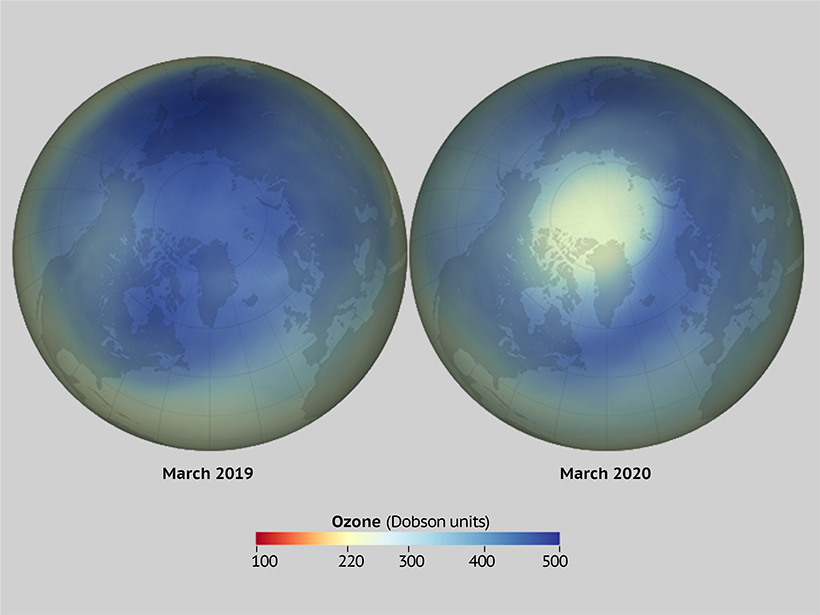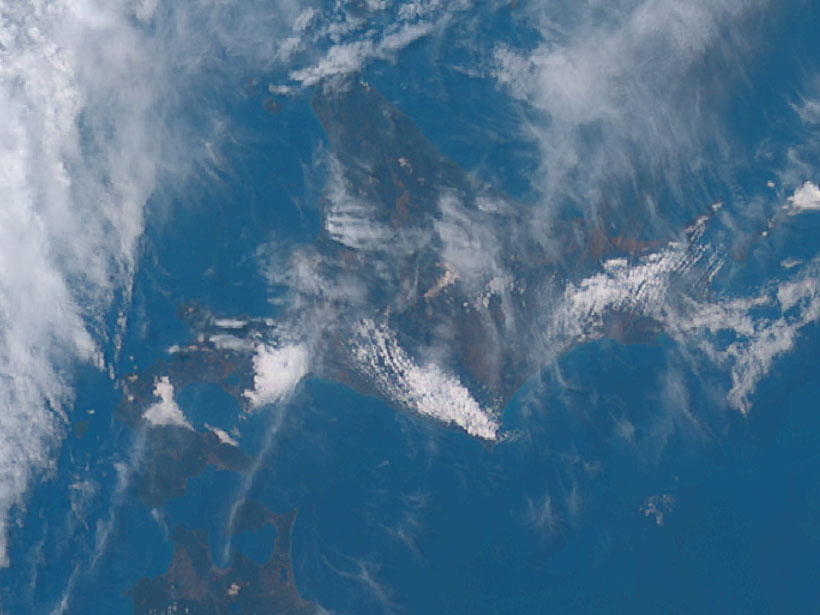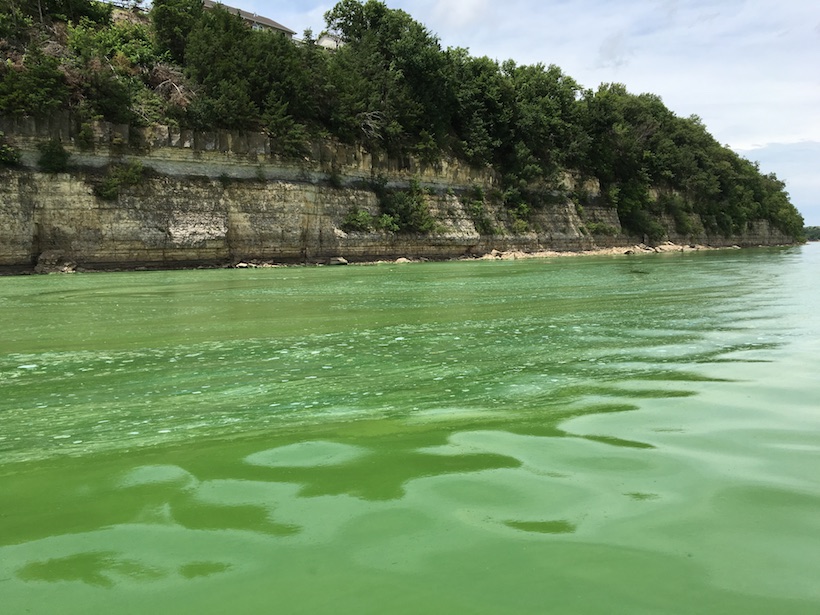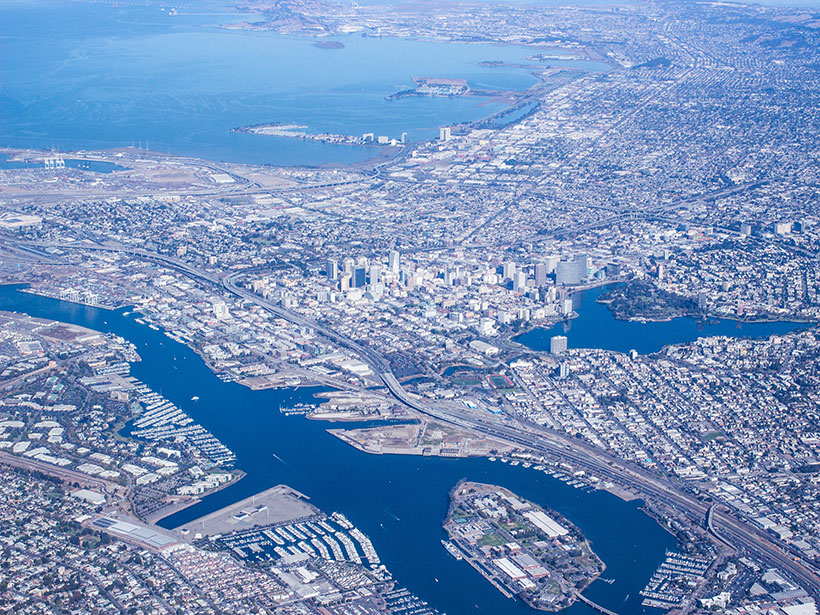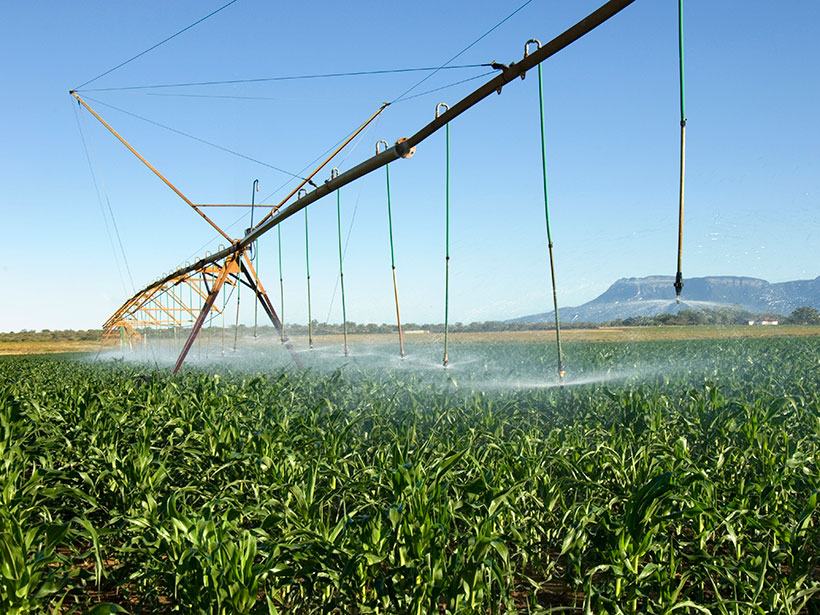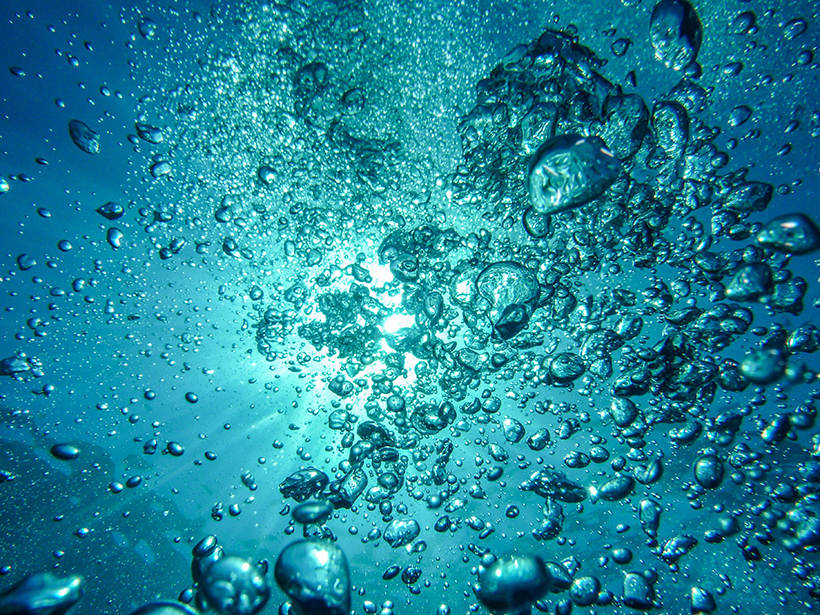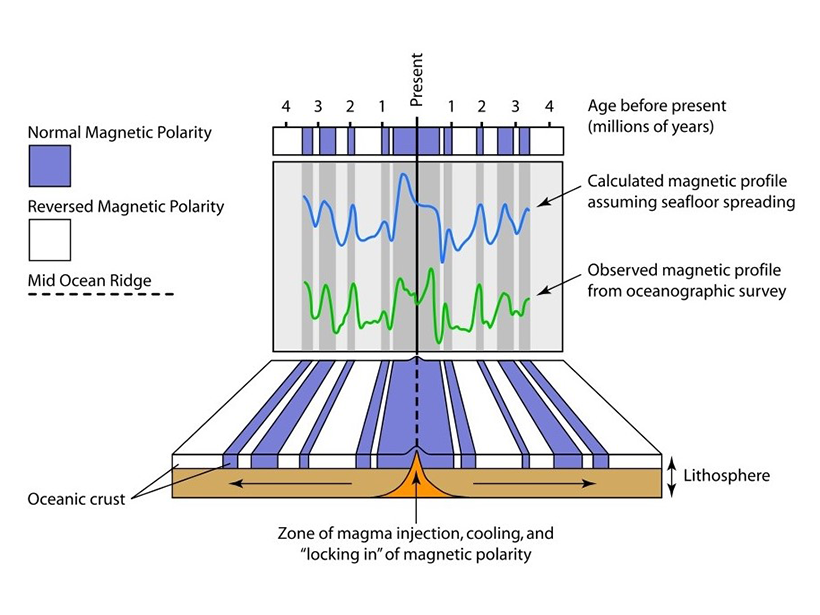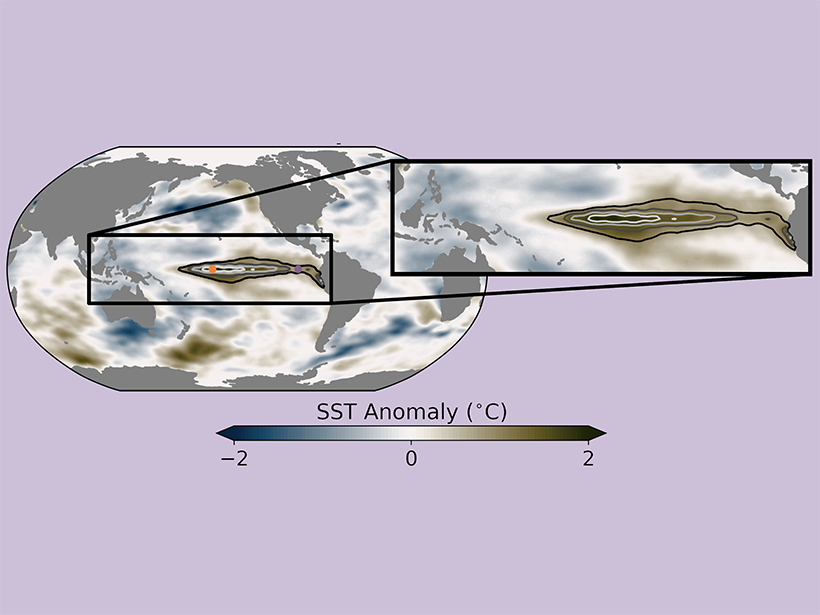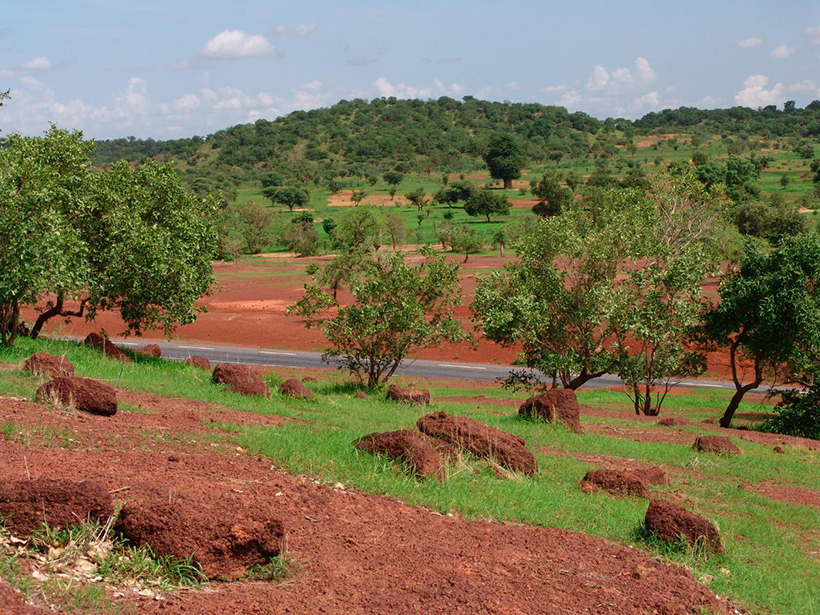An exceptionally strong stratospheric polar vortex coincided with a record-breaking Arctic Oscillation pattern and ozone destruction during the 2019–2020 winter season.
Kate Wheeling
Kate Wheeling is a freelance journalist based in Santa Barbara, Calif. She writes about the environment, climate change, energy, and our relationship with the natural world. She was previously a staff writer at Pacific Standard, covering both environmental and criminal justice. Her work has also appeared in Outside, The New Republic, Medium, and elsewhere. She has a master’s degree in science journalism and a bachelor’s in behavioral neuroscience.
¿Cómo Afecta el Reverdecimiento del Ártico al Agua Subterránea?
Nuevas investigaciones examinan cómo los cambios en la ecología de la superficie influyen en la hidrología subterránea en el Ártico.
Modeling Gravity Waves with Machine Learning
Researchers used neural networks to better define the parameterizations necessary for modeling the distribution and characteristics of orographic gravity waves.
The Legacy of Nitrogen Pollution
Researchers track decades of nitrogen inputs and uptake across the United States, highlighting the need for policy to address the legacy effects of this essential nutrient and pollutant.
Modeling the Cascading Infrastructure Impacts of Climate Change
New research highlights how interdependences among infrastructure systems like roads can complicate climate adaptation.
Minireservorios Podrían Salvar a Agricultores con Suelos Arenosos
Una tecnología de retención de agua subterránea recientemente reactivada podría conservar el agua y aumentar drásticamente el rendimiento de los cultivos en paisajes áridos con suelos arenosos como el África Subsahariana.
Deep-Ocean Oxygen May Increase with Climate Change
A millennial-scale ocean simulation indicates that oxygen gains in the deep ocean may offset oxygen losses in the upper water layer under a protracted climate change scenario.
Steadying Mid-Ocean Ridge Spreading Rates
Researchers used an up-to-date global magnetic anomaly data set to track the history of magnetic field reversals and obtain more accurate estimates of tectonic spreading rates.
Interpreting Neural Networks’ Reasoning
New methods that help researchers understand the decision-making processes of neural networks could make the machine learning tool more applicable for the geosciences.
Mathematical Insights into the West African Monsoon
A tool from dynamic systems theory is helping atmospheric scientists identify how dust and moisture mix over West Africa.

